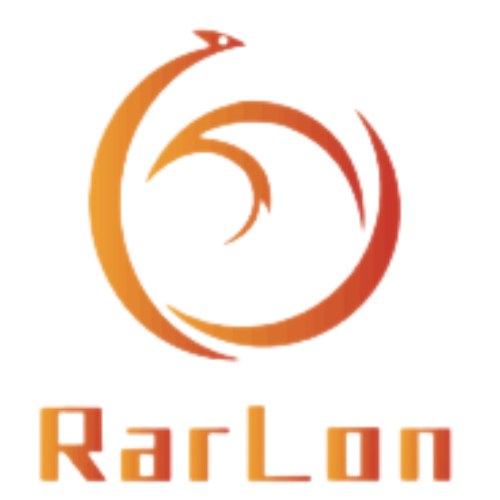Although steel in coils can be challenging, you can labor productively and securely by keeping in mind the essential safety precautions. So to start, what is galvanized steel? This is a kind of steel which is coated with zinc. This protects the steel from rusting and getting damaged. That said, when you weld it too hot, it will emit some really nasty fumes. The vapours are not healthy to inhale, so it is critical that you take every precaution you can to keep yourself safe.
Wear protective clothing — If you are welding, you need to wear certain clothes that will keep you safe while working. This means you need to wear proper gloves, long sleeves so your arms are covered and a mask that covers your mouth and nose. This is known as a respirator, and serves to protect from harmful fumes released during the welding process.
Third, do this in a well ventilated room. So you want to be somewhere where there is a lot of air circulating in and out. You need to be extra careful and use fans to blow air in case you have to weld in a crump space or enclose area. Tip 2: Read the safety instructions that accompany your tools and equipment This guide shows you how to use them safely. Also, don't exceed the speed/heat recommended by the manufacturer. By following these important safety tips, you can weld galvanized steel properly without getting the toxic gas coil of steel filled.
Another reason why welding galvanized steel can be a little tough is the very fact that it has zinc coating which makes the welding process tricky. That coating can cause an issue that is referred to as the caulking effect. This results in weak or non-holding welds. When it comes to welding and creating a strong bond, a better alternative would be MIG welding. This approach works since it lowers the risk factors associated with dbc41009 the galvanizing process.
Getting the best results with welding galvanized steel requires proper preparation and cleaning, which is performed prior to welding. Remove dirt, rust, and bad spots on metal with a wire brush or grinder start. This is the most crucial step as if you don’t clean the metal thoroughly, voids between them will result in weak welds.
Avoid a wire brush that shines as pure bare steel (as only the naked and uncoated) Why is this important? If you use a brush that has previously been used on bare steel, it can piggyback undesirable bits or contaminants and deposit them in your galvanized steel to be welded. First, once you have brushed or grinded the surface, use a wet cloth or paper towel to clean the metal. This will also eliminate any lingering dust or grime.
And lastly, never forget to take safety precautions. Use protective garments, gloves and a respirator mask. Work in a well ventilated area where you can catch your breath. With the right tools, proper metal cleaning, and some cautionary guidelines, you can weld galvanized steel confidently while producing solid reliable joints.

Copyright © China Rarlon Group Limited All Rights Reserved - Privacy Policy